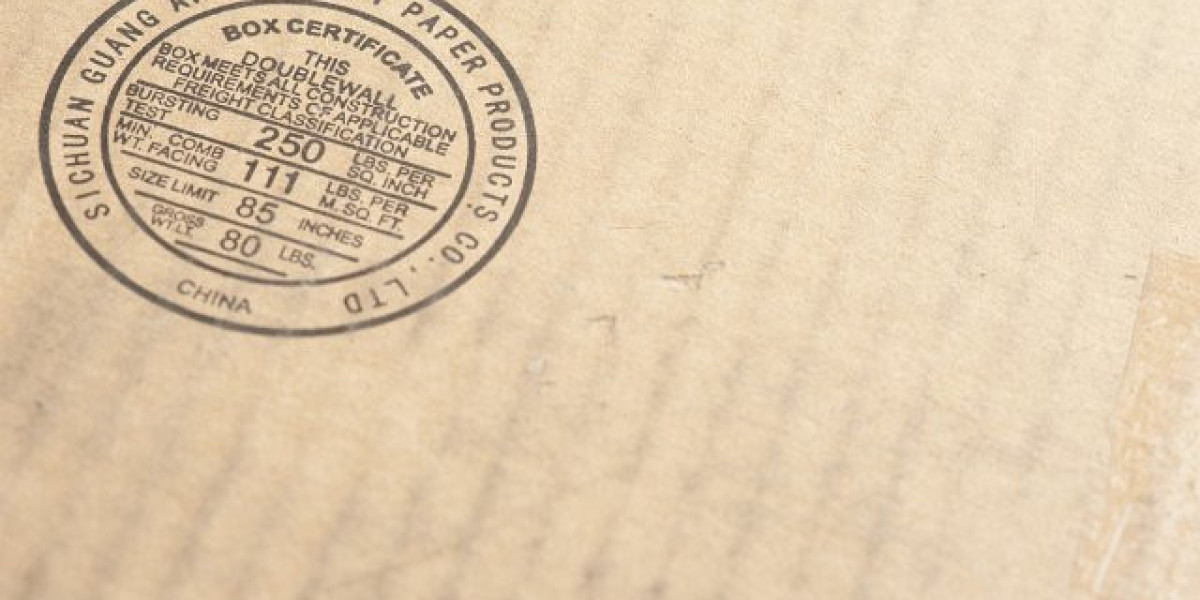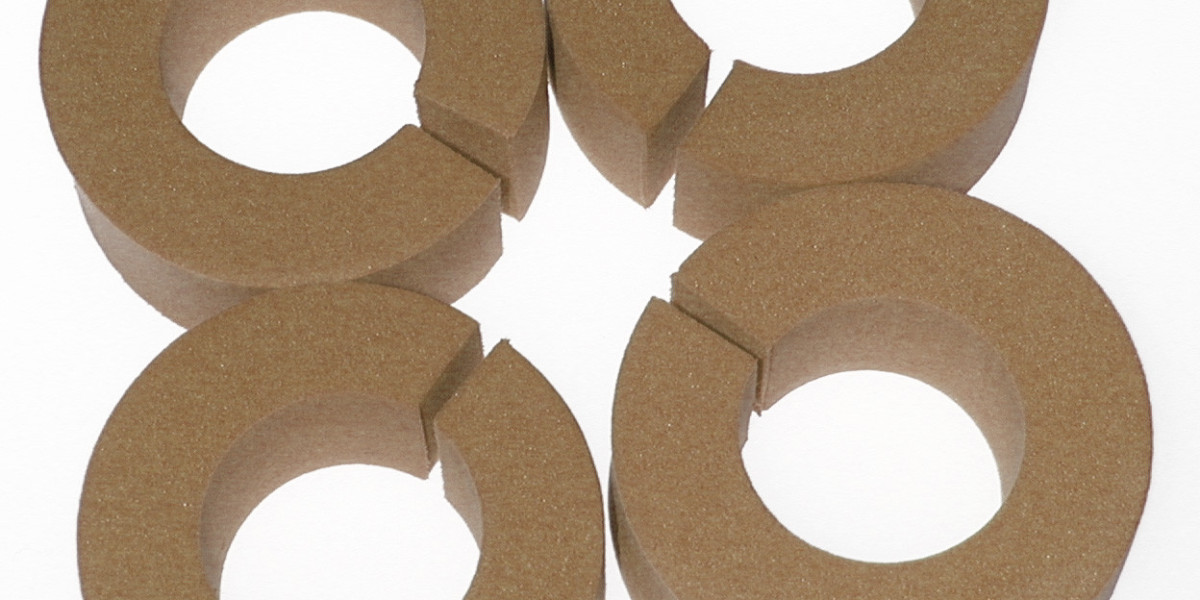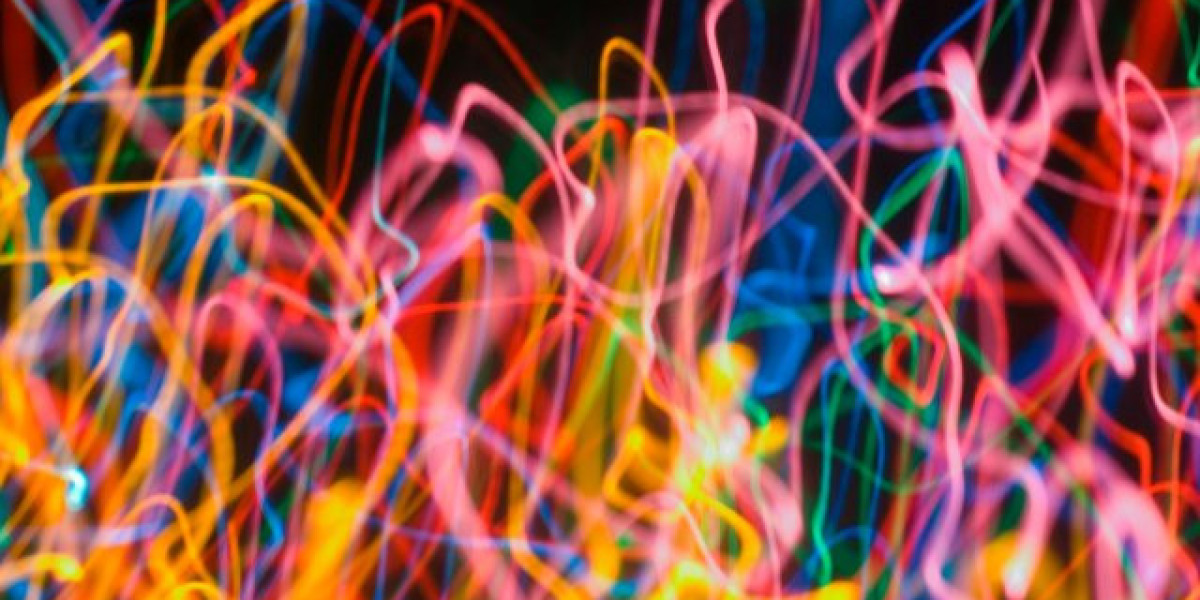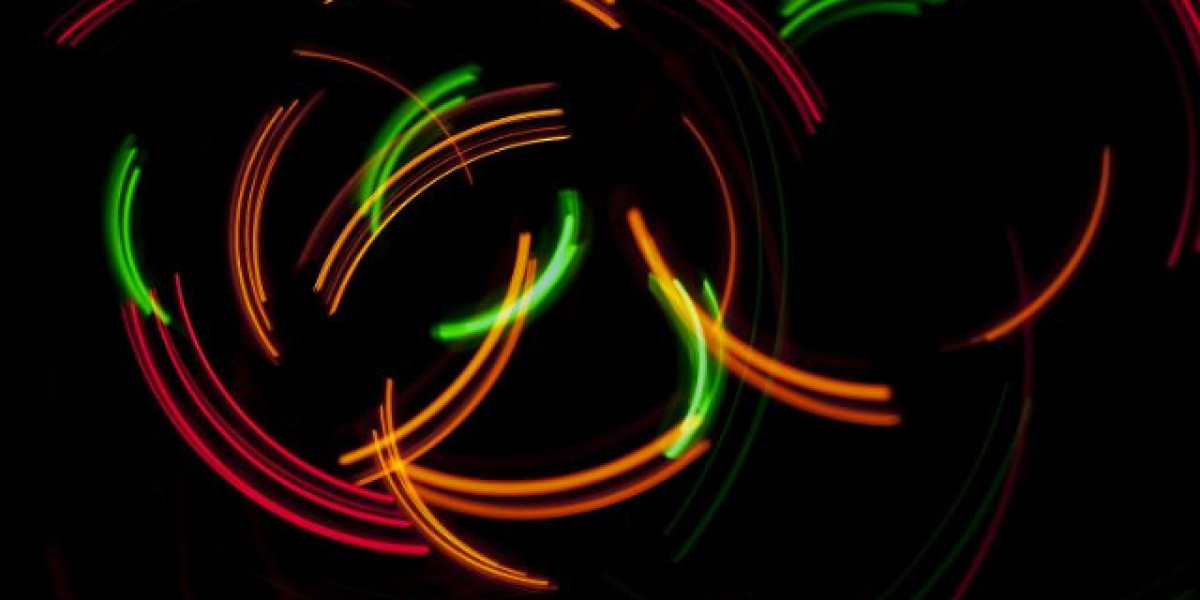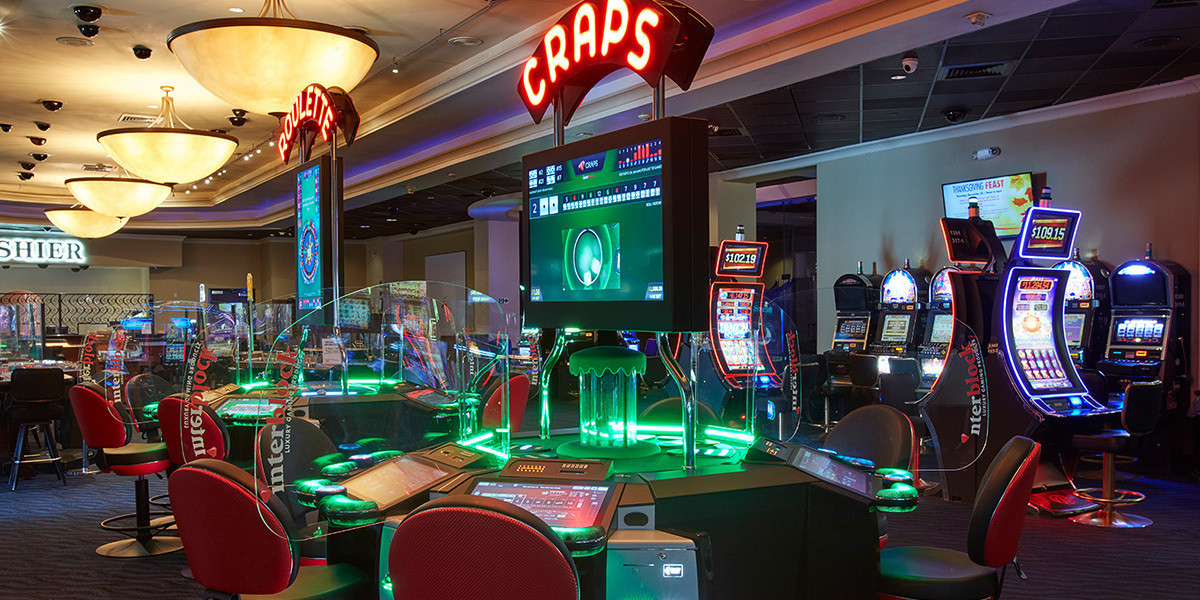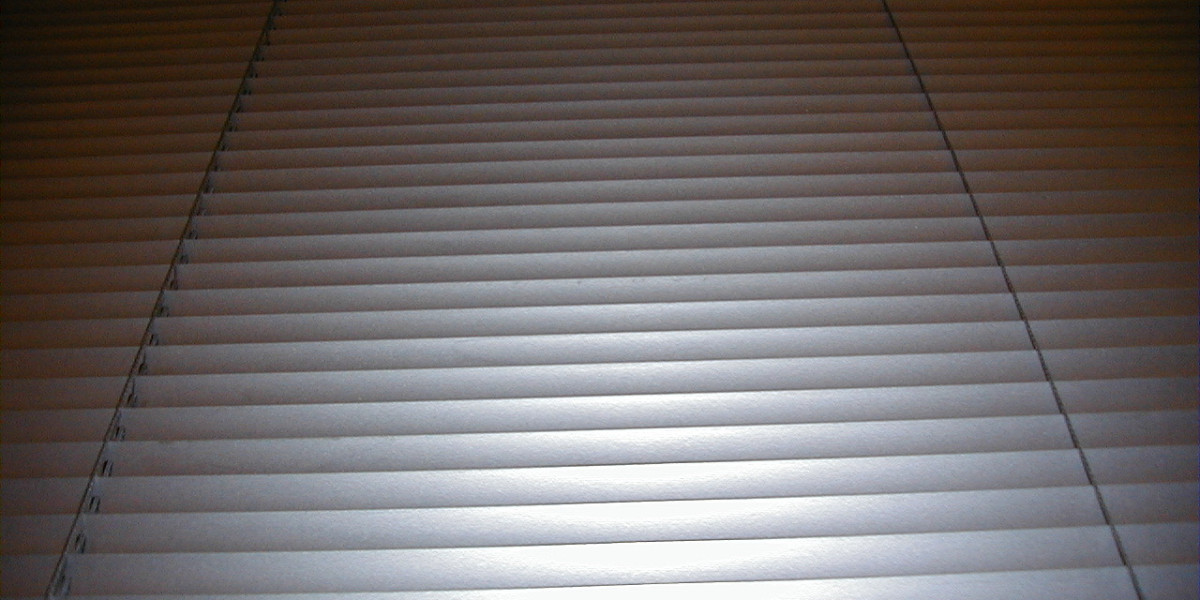How Does KPV Peptide Heal Skin?
The peptide is composed of three amino acids – lysine (K), proline (P), and valine (V) – that mimic a segment of the larger interleukin-8 molecule. When applied topically, it binds to chemokine receptors on skin cells, particularly those involved in neutrophil recruitment. By blocking these receptors, KPV reduces the influx of inflammatory cells into the wound site. Fewer neutrophils mean less release of reactive oxygen species and https://carpleaf5.bravejournal.net/united-front-leveraging-kpv-and-bpc-to-fight-ulcerative-colitis proteases that can damage surrounding tissue. The peptide also promotes a more balanced cytokine environment, encouraging fibroblasts to produce collagen efficiently while minimizing scar formation.
The Science Behind KPV Peptide and Skin Healing
In vitro studies show that KPV reduces the expression of pro-inflammatory genes such as TNF-alpha and IL-6 in keratinocytes exposed to ultraviolet stress. Animal models of excisional wounds demonstrate faster reepithelialization when KPV is applied, with histology revealing a denser collagen matrix and reduced inflammatory infiltrate. Mechanistically, KPV interferes with the CXCR1/2 signaling cascade that normally amplifies chemokine production. By dampening this pathway, the peptide creates an environment conducive to orderly cell migration and extracellular matrix remodeling. Clinical trials in humans have reported improved wound closure times for mild burns and post-surgical incisions when a KPV-based formulation was used.
Why Inflammation Slows Down Skin Healing?
Inflammation is the body’s initial response to injury, designed to eliminate pathogens and clear debris. However, prolonged or excessive inflammation can be counterproductive. Persistent neutrophil activity releases enzymes like elastase and matrix metalloproteinases that degrade newly formed collagen and basement membrane components. This enzymatic assault weakens the structural framework required for proper tissue repair. Additionally, chronic inflammatory cytokines maintain a state of cellular activation that stalls keratinocyte proliferation and migration, key processes in reepithelialization. The result is delayed wound closure, increased risk of infection, and often more pronounced scarring.
KPV peptide’s ability to modulate the inflammatory phase without completely suppressing it offers a balanced strategy: enough inflammation to protect against pathogens but controlled enough to allow efficient tissue regeneration. By targeting specific chemokine receptors, KPV avoids the broad immunosuppression associated with steroids or NSAIDs, preserving local immune defenses while promoting healing.
Overall, the growing body of evidence suggests that KPV peptide could become a valuable tool in dermatology for treating acute wounds, chronic ulcers, and even cosmetic skin rejuvenation. Its targeted action on chemokine pathways addresses the root cause of delayed healing—excessive inflammation—while supporting the cellular processes necessary for rapid, high-quality tissue repair.
